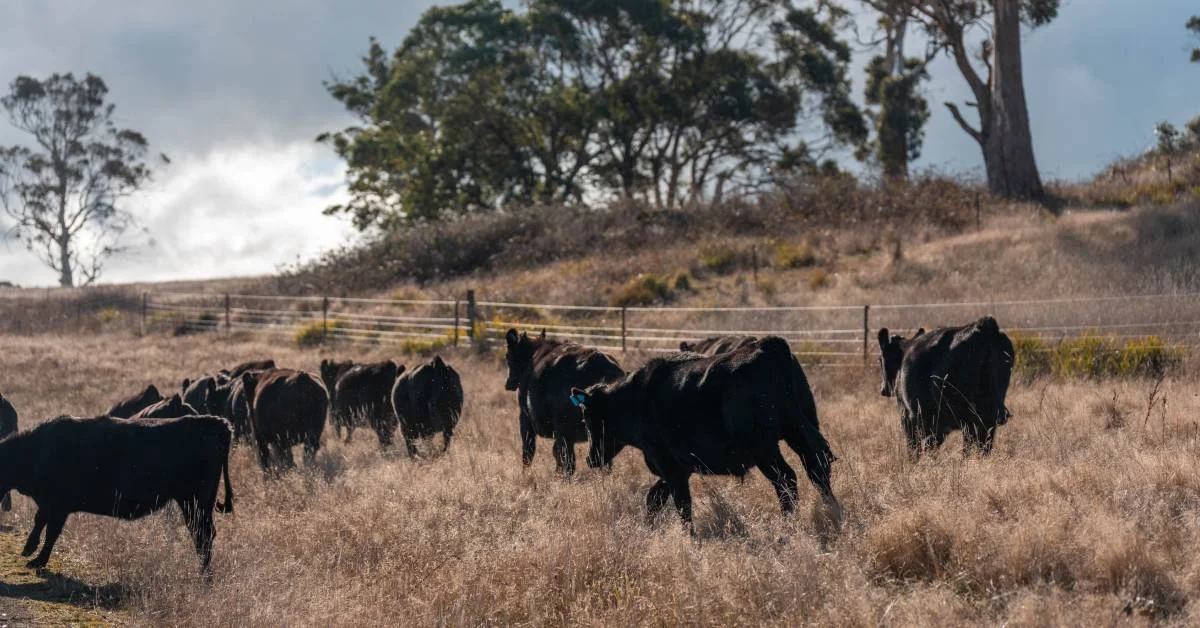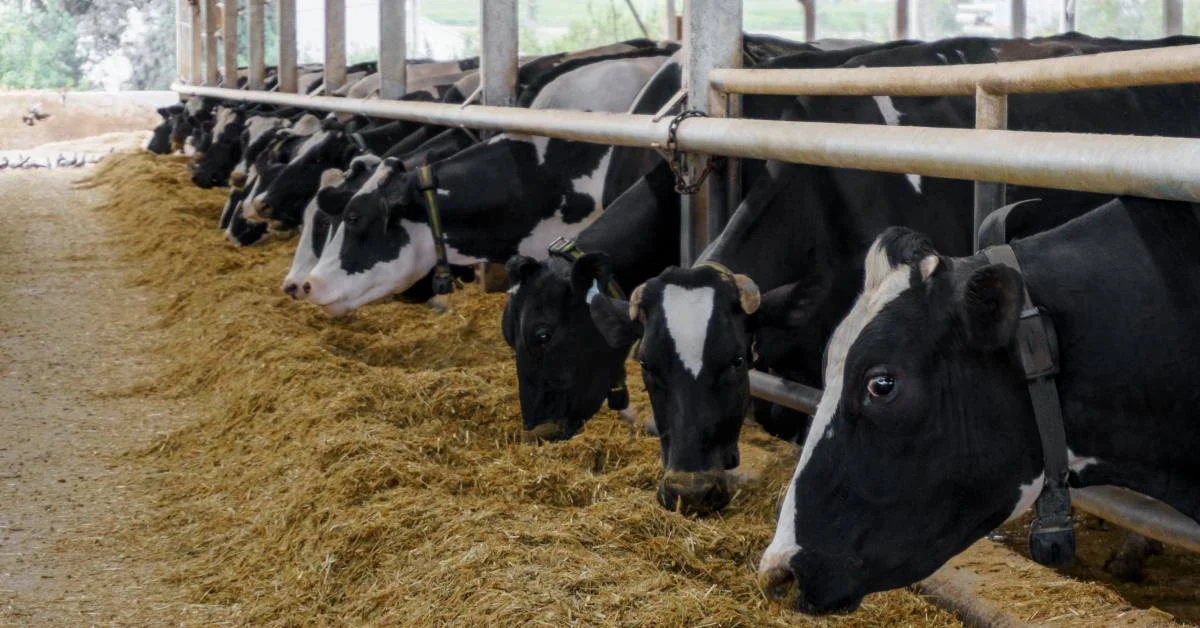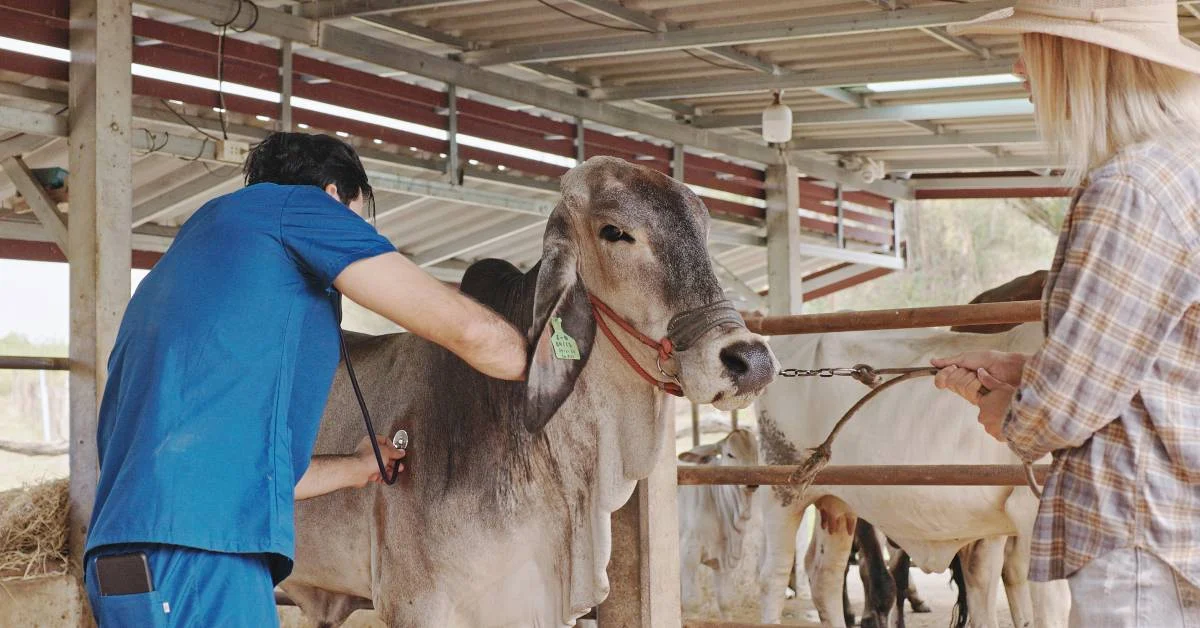Even though knowing how to start a chicken farm could seem extremely profitable, many people still struggle because they lack the necessary skills and business sense.
What if you could unlock the secret to starting a capital-intensive and lucrative poultry farm that could sprout insane amounts of benefits? Well, we are here to help you with that!
Each bit of information specified below illuminates the estimated cost breakdown to open a business and the astounding factors that determine its success. This blog smartly talks about exactly how much does it cost to start a poultry farm.
Estimated Cost Breakdown to Open A Business
For a few birds, the cost to start a poultry farm would be between $5,000 and $30,000 to start a small-scale conventional poultry production enterprise. For both domestic and foreign investors, establishing a business in the US or the UK is a wise investment due to the abundance of tax incentives and funding possibilities.
As a result, depending on the size of the chicken farm, the initial costs could range from a few thousand dollars to 4 million dollars. However, running a small chicken production firm has several advantages, especially for young and inexperienced entrepreneurs. Economic ramifications are negligible, and the benefit is that you can have unlimited control over all activities and processes and also watch the entire process to make sure you’re using only pure, high-quality feed that significantly contributes to your desired outcome.
1. Small Scale Poultry Farm Business
This type of business includes using domestic labor and, if possible, readily available feed supplies for households to raise chickens on a small farm. The hens are allowed to roam freely inside the housing development and forage for the majority of their food, with the homeowner providing supplemental food.
A small-scale poultry business will typically cost between $5,000 and $30,000 to launch, including the costs of your employee’s salary during the first several months of operation.
2. Medium Scale Poultry Farm Business
In the medium-scale poultry farm business, the organization is projected to see rising costs as it grows. To effectively establish a medium-sized, conventional poultry farm business with the ability to raise a variety of birds, a conventional hatchery, and bulk egg production; you will require approximately $75,000.
In addition, you should be ready to rent or lease a sizable farm in a convenient location if you want to establish a medium-scale poultry farm. This is going to be one of the locations where you are required to invest the majority of your start-up money.
3. Large Scale Poultry Farm Business
A large-scale poultry operation should take into account the costs of
- operating a commercial incubator,
- raising different chicken breeds and
- the possibility to export the finished products to both domestic and international markets.
Given these challenges, estimating a cost of close to $2 million or more is feasible.
Top 10 Factors That Determine How Much It Will Cost to Start a Poultry Farm
“The cash flows in the farms affect the decision-making policies.”
The following elements affect how much it will cost to start a poultry farm:
1. Land
You must first purchase a suitable livestock-friendly plot of land before you can start farming. If you’re lucky, you might be able to purchase a sizable allotment for a relatively affordable price because farmer lands are sometimes less expensive than lands in residential districts.
For instance, you could get a perfect plot of farmland for roughly $3,500. Thus, depending on where you decide to place your production facility, you should be able to acquire a good piece of property for your chicken farm for between $3,500 and $5,000, or possibly even less.
2. Construction-Related Costs
Following the land acquisition, construction takes place. To keep the birds inside, you would need to construct a cage. Cages come in a variety of varieties and price points.
When you have decided which one is best for you, you can talk with experts to acquire a quote. Surveillance housing for agricultural employees as well as warehouses for the storage of equipment and other goods may need to be built, among other specific facilities.
3. Labor Expenses
If you were beginning from scratch, it is unlikely that you would be equipped to handle all of the tasks necessary in developing a marketing poultry farm. As a result, you could need to pay someone to help you and hire them. Although you can set aside at least $1,000 for this reason, the whole cost will affect the production expenses in the country where your chicken farm will be located.
4. Chicks
The next expense would be purchasing chicks to begin your farm with. Since you wouldn’t yet have your chicks, you would have to purchase from other chicken farmers as a novice. Your farm’s size and the capacity of the chicken coop you have built will determine how many chicks you need.
The size of the chicks would also affect the price. Typically, day-old chicks are relatively affordable. Even though they might be considerably less expensive, you must exercise caution when handling day-old chicks because they frequently run a significant chance of passing away.
5. Food Supplies
This will cost you about as much as your biggest expense for this business. Since the quantity and quality of food you provide your birds will impact how they mature and produce, they must consume it. A wide variety of poultry feeds are available for use at various stages of the bird’s life.
The chance for the best possible development and resilience is greatest when they are still little chicks. For the best growth and upkeep, whenever they get close to the market phase, there are growers.
The cost of raising 200 chicks is roughly $700, however, if you want to cut costs on food, you might think about creating your chicken feed. Although it may initially be very expensive, doing so will save you a sizable sum of money over time.
6. Equipment for the Poultry Farm
The quantity of chickens you keep is an additional variable that is influenced by the size of your poultry farm and the nature of your business. To launch a business selling chicken eggs and hatchlings, the following will be required:

To choose the type of poultry farming you want to engage in and the resources you will need, you must first decide on your operational costs. However, it would be beneficial if you have at least $1,000- $1,200 set out in advance for trying to buy new machinery for a poultry farm.
7. Vaccination
For your chickens to grow properly and breed as efficiently as possible, they must receive the necessary medical care. As a result, your business plan needs to include a budget for vaccination-related costs. Additionally, this price would pay for the cost of medications, and the payment to the service portal would be used to fund the essential medical care for the birds. A minimum of $500 should be set out in advance to cover the cost of about 200 birds. If you’re unsure about how to accurately factor these expenses into your financial projections, consider consulting a business plan preparation service to ensure all aspects of your poultry operation are properly accounted for and budgeted.
8. Hatchery Expense
Poultry growers that want to produce their birds will need a hatchery. To hatch eggs under controlled circumstances, hatcheries are required. The incubator is the most crucial piece of equipment in this situation. These are offered in a variety of sizes and capacities. Costs will, therefore, vary. Expect to pay somewhere between $1,000 and $12,000.
9. Energy Expense
Electricity is one of the major requirements to operate a chicken farm. Incubators, automatic feeding, heaters, lighting, and many other pieces of equipment all depend on energy to function. You must determine the price per kWh of power to determine the cost. One thousand watts of electricity are used up in one kilowatt-hour of power.
10. Numerous Additional Expenditures
For your company, you need to also prepare budgets for costs associated with distribution and marketing, as well as
- Energy
- Transportation
- Maintenance
- Promotion
- Protection.
It advises that you carry out your cost analysis to obtain an accurate and thorough estimate of the expenses related to starting your chicken farm.
Expert Advice for Starting a Profitable Poultry Farm in 2025
Get expert advice on how to start a profitable poultry farm business in 2025. Learn about the potential profits, necessary planning, management, and market research to ensure success in the industry. Avoid common mistakes and make informed decisions with the help of industry experts.
1. George Harrison, Marketing Director at Pkgmaker

Starting a poultry farm in 2025 can be quite a lucrative business venture, but it is important to consider the cost and potential profit before taking any steps forward. The total investments required may vary depending on your location, business size, breed of birds chosen, and type of poultry products you offer. Generally speaking. However, you will need to budget for property investment (which may include land costs as well as building construction expenses), equipment purchase or rental fees for housing structures and cages, bird feeders & drinkers, incubators/brooders, vaccinations, and medications for disease prevention/control programs, etc., heating & ventilation systems installation costs, etc., employees’ salaries if necessary and operational overheads.
Assuming an initial investment of around $50k – $ 60k (depending on the equipment purchased and other factors discussed previously), one can expect to generate approx. 10-15% net profit margin per year in 2021 which should gradually increase with increased market presence by 2024-2025. This profitability can increase if the company starts producing eggs/meat as well, instead of just selling them – enabling more value addition at each step along the value chain, resulting in higher profit margins once economies of scale are achieved at full capacity operations levels.
Finally, ensuring food safety compliance certification would go a long way towards increasing sales volume & pricing power due to improved perceived quality within certain higher paying segments such as ‘Organic’ markets where premiums could be charged accordingly; thus leading to greater ROI opportunities going forward into 2025–2026 onwards too!
2. Davin Joseph, Marketing Manager at My Enamel Pins

Starting a poultry farm in 2025 requires careful planning and consideration of the costs involved. It is essential to understand the financial side of running a poultry business, including the expenses for land, buildings, equipment, supplies, labor, and marketing activities.
The cost to start a poultry farm depends on the size of your operation; larger farms require more capital investment but can have higher returns compared to smaller operations. Generally speaking, you will need to invest at least $20,000-50,000 in capital expenditures depending on your chosen farming methods and goals. These costs include purchasing a plot of land (or leasing it if available) for raising birds as well as constructing housing units for them, such as chicken coops or cages. Additionally, there are costs associated with buying feeders/waterers/bedding materials and other related items, so you should make sure that these costs are factored into your budget when calculating startup expenses.
In terms of profit potential from running a poultry farm in 2025, it is important to remember that, like any business venture, there are no guarantees, but with good management practices and careful planning, then success may be achievable. The key areas that will dictate the profitability include production efficiency (yields per bird or egg), appropriate pricing strategies (understanding local markets), and managing high-quality standards regarding welfare & biosecurity. When these factors are taken into account, then profit margins may reach 5-10 %, although this varies considerably from one location/country to location/country.
3. Luke Fitzpatrick Marketing Officer at Drsono

Starting a poultry farm in 2025 is an exciting and potentially rewarding venture. However, before you begin your journey, it is important to understand what costs are associated with starting a poultry farm. The cost of setting up a poultry farm depends on several factors, including the size of the business, location, and type of birds you decide to raise. It is also important to consider the cost associated with housing and maintaining birds such as feeders and waterers, ventilation systems, cages or pens, etc.
In general terms, it could cost anywhere from $20k – $50k to set up a basic poultry farm (including labor costs). This estimated cost covers building materials required for construction of the necessary housing structures for birds like aviaries or barns; pumps/watering system(s); utility hook-ups; heating/ventilation systems; feeders/hoppers, etc. If you plan to purchase chicks instead of raising them yourself, then additional expenses would be incurred, such as transportation fees and chick housing needs like warmers or incubators, etc.
The profitability of running your own successful poultry farm depends heavily on how well you manage your operation. Getting started might involve higher start-up costs, but careful budget management means that these startup funds can be stretched further if done properly. Once established, however, returns could be in upwards of 15% depending on how efficiently operations are managed, plus any additional value-added services when selling eggs/birds, such as organic feeds, etc. With proper planning and support networks in place, there should be no limitations preventing success in this industry!
4. Robert Leonard CEO & Marketing Director at Aimvein

Starting a poultry farm in 2025 can be a relatively costly endeavor. Depending on the type and size of your operations, you’ll need to factor in both capital and labor costs. Capital costs include land acquisition, housing, feeders and drinkers, heating systems for climate control, ventilation equipment for odor management, special cooling systems for warm climates such as India, bird processing equipment and tools, as well as the inventory of all the necessary supplies, needed day-to-day, including feed and medicines. Labor costs will depend on how much work needs to be done manually by staff members or outsourced workers.
Assuming you start with standard broiler chickens (the most common type) costing around $2 per bird that have an average lifespan of 8 weeks each before harvest; assuming 4 cycles of broilers per year (1 cycle = 8 weeks), the total cost to launch in 2025 could range between $50k -$100k depending on the size & scope of your operations.
The potential profit margin from a poultry farm depends heavily upon its efficiency & scale, but generally speaking, profits are determined by calculating gross margins – i.e., subtracting expenses like labor cost from any revenue generated (from selling birds/eggs, etc.). In general, if managed properly, small farmers who raise 10-20 birds can expect net profits ranging from $500-$1000 annually, whereas larger farms with 100s or thousands of birds can make tens or hundreds of thousands annually in profit depending upon their operational efficiencies. Additionally, many farmers also sell products generated from their birds, like fertilizer, which can add additional income streams, increasing their overall profitability even further once they cover their fixed expenses such as land lease/purchase, facility construction, inventory, etc.
Conclusion
Although getting involved in poultry farming can seem rather overwhelming, potential entrants can approach it with motivation if they do their research. A solid foundation is created by looking into viable location options, adhering to local, state, and regulatory rules, being aware of the appropriate cost to start a poultry farm, and interacting with local producers and staff from poultry companies.
FAQs
Q1- How much can you make out of poultry farming?
From the first to the tenth year of the project, the projected income ranges from 1.9 million to 10 million per year.
Q2- Which poultry farming is most profitable?
Farming for commercial broiler chickens is a hugely successful and well-liked industry.








